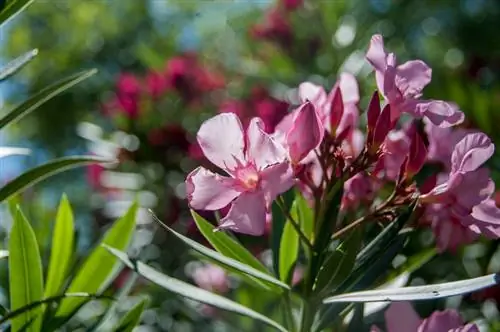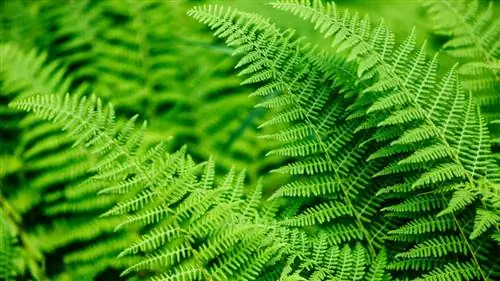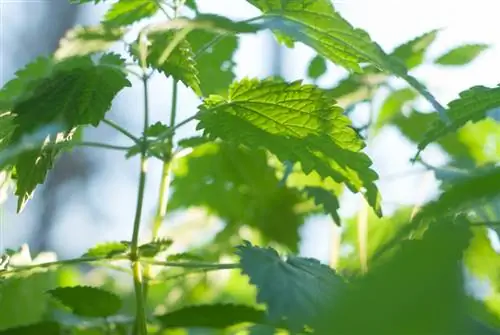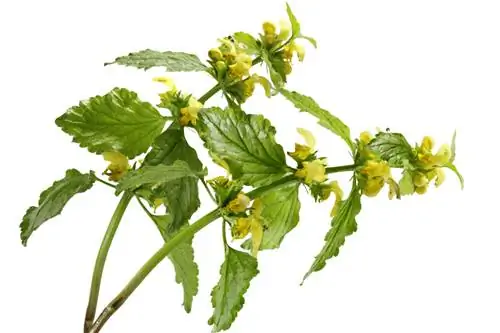- Author admin [email protected].
- Public 2023-12-16 16:46.
- Last modified 2025-06-01 06:02.
Travelers to Italy know this sight: Huge, sprawling bushes with delicate flowers in bright colors in gardens, on roadsides or simply in the great outdoors - the oleander is widespread, especially in Bella Italia, but also in other countries around the Mediterranean spread. Due to its lack of frost hardiness, the poisonous ornamental shrub is primarily cultivated as a container plant.
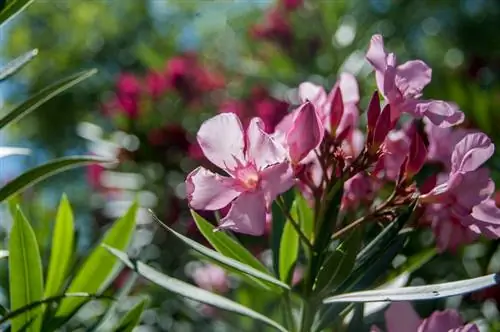
What are the most important facts about oleander?
The oleander is an evergreen shrub that can grow up to five meters high and is native to the Mediterranean region. It blooms in different colors from May to October, prefers sunny locations, and is highly poisonous. Since it is not hardy, it is suitable as a container plant in cooler climates.
The oleander - a brief overview
- Botanical name: Nerium oleander
- Genus: Nerium
- Family: Dogpoison family (Apocynaceae)
- Popular names: rose laurel
- Origin and distribution: around the Mediterranean to India and China
- Growth habit: woody, broad-bushy shrub
- Growth height: depending on the variety between one and up to five meters
- Typical features: evergreen
- Location: Wild oleander is mainly found on river and stream banks
- Soil: on moist, humus-poor, calcareous soils
- Flower: usually simple and fivefold. But there are also double and double flowers.
- Flower colors: pink, red, violet, white, yellow
- Flowering time: if the weather permits, it blooms continuously from May to October
- Fruits: elongated pods
- Leaves: up to 20 centimeters long, lanceolate
- Use: ornamental plant
- Poisonousness: yes, all parts of the oleander are highly poisonous
- Winter hardiness: no
The Mediterranean oleander grows wild along rivers and streams
In the wild, the wild-growing (and usually pink-flowering) oleander thrives in the immediate vicinity of rivers and streams, preferably in very sunny and warm locations. These exposed places are characterized by extreme dryness during the hot summer months and excessive wetness when the water overflows its banks and floods the bank area. The oleander has adapted perfectly to these living conditions: it survives the long dry spells without any problems by developing very long roots that reach down to the groundwater and can therefore sufficiently supply itself. It is also one of the few potted plants that has no problems with waterlogging.
Oleander in the home garden
Since oleander is not hardy and most varieties can only tolerate temperatures of up to minus five degrees Celsius for short periods, it is better not to plant the shrub directly in the garden in our latitudes - unless you live in a region with rather mild winters. Instead, keeping them in a container should be preferred, with oleanders belonging outside. They are not necessarily suitable as houseplants. However, the very poisonous shrub requires a lot of care, has to be watered and fertilized regularly and a lot and is also quite susceptible to various diseases and pest infestation.
Tip
Oleanders overwinter best when they are frost-free, but cool and bright at temperatures of around five degrees Celsius.

